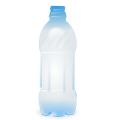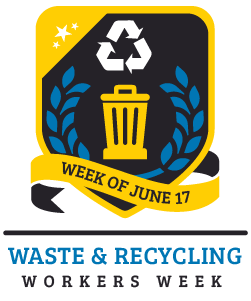 Glass is a resource that can be completely recycled with no loss in quality and purity. It is made from readily-available domestic materials, such as sand, soda ash, limestone, and furnace-ready scrap glass called cullet. Glass is recycled by heating large quantities of glass at high temperatures and then molded into the desired shape and reused in drinking glasses and containers. Recycled glass reduces emissions and consumption of raw materials, extends the life of plant equipment, such as furnaces, and saves energy. It is estimated that 34.1% of all glass containers were recycled in 2012, according to a study by the EPA.
Glass is a resource that can be completely recycled with no loss in quality and purity. It is made from readily-available domestic materials, such as sand, soda ash, limestone, and furnace-ready scrap glass called cullet. Glass is recycled by heating large quantities of glass at high temperatures and then molded into the desired shape and reused in drinking glasses and containers. Recycled glass reduces emissions and consumption of raw materials, extends the life of plant equipment, such as furnaces, and saves energy. It is estimated that 34.1% of all glass containers were recycled in 2012, according to a study by the EPA.
High-quality recycled glass is in high demand due to many manufacturers relying on cheap material to package their goods, which makes the recycling of glass both environmentally and financially beneficial.
When recycling glass containers, each state has different rules regarding how to recycle glass. Some areas trade used glass containers for cash, while others have a special curbside bin. While broken glass can be recycled, it shouldn’t be placed into a curbside bin, because it is a working hazard for curbside workers. Some areas even require glass to be separated by color to help expedite the process of separating them at recycling centers.
Treated glass, such as Pyrex containers, mirrors, light bulbs, and ceramics cannot be placed in the same containers as glass bottles, as the chemical treatments will slow down the melting process, and may even cause entire loads to be rejected. These items can still be recycled, however they may have to be delivered to the recycling center.
Check local laws and ordinances to determine the best methods of recycling glass.
(Source)














